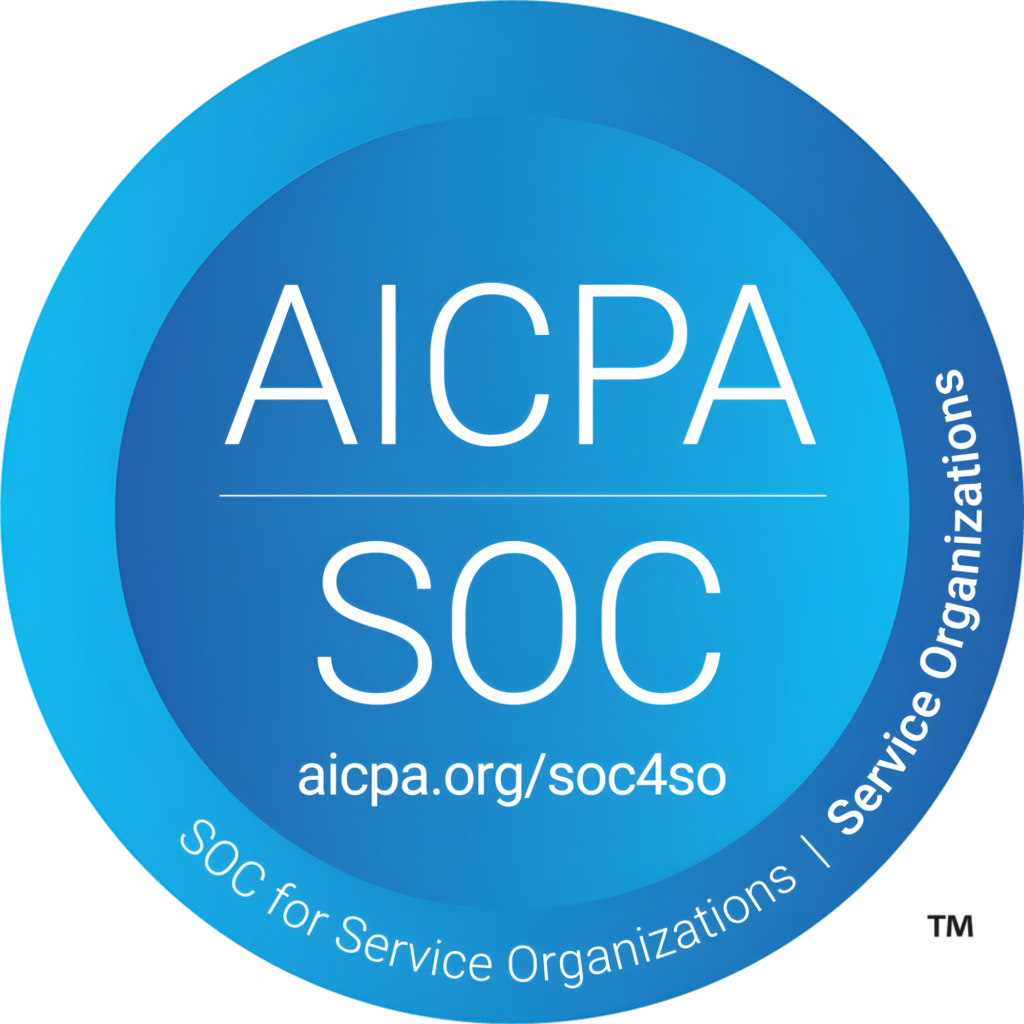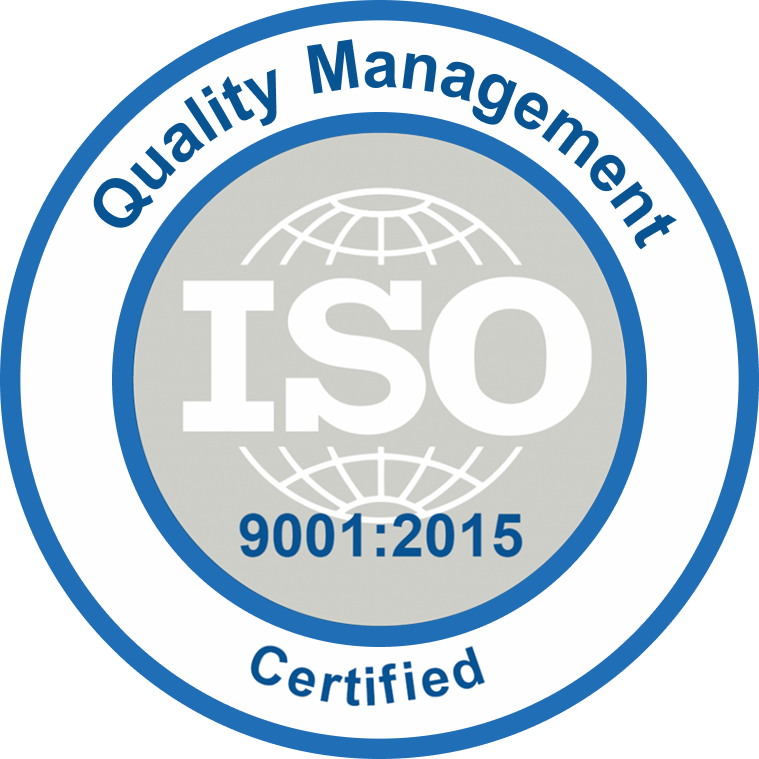Are you a non-coder but want to access serverless functionality, but wondering how to go about it? You have landed up yourself into the correct article, which would help you gain knowledge on how to find a solution for your existing doubt. The recent technological advancement evidences new set of tools that permits non-coders the freedom of accessing the benefits of serverless architecture, which is done based on the visual interface.
The good news is that the developers also can equally benefit from these tools. They can quicken their development time, codes can be auto-generated, workflow patterns can be standardized and many other activities can be done so as to reap the advantages.
Continue Reading
Presently, serverless design patterns continue to be in the developing stage. To better understand its nomenclature, let us study their categorization. There are serverless applications that are in a state to offer an entire no-stack service. There are design patterns where workflows stay mainly behind the scenes and do not require an end interface, instead, they follow the pattern of moving through event chains and therein a single work mode would trigger another to completion.
Serverless design patterns are also being used into hybrid-stacked event process completing typical functionality before they could be back in their stateful location, like, running an algorithm in computer or image processing task etc.
Now the question that springs up is how serverless functionality is being introduced into the business processes. This work precisely is being done by Microsoft Azure that was launched in the year 2010. One of the major tasks getting benefitted by serverless application with the help of Azure is the data processing tasks.
Microsoft Azure acts as the entry point for the non-coders into the field of low code app development. There are various API providers who are supporting this rising audience growth by making the APIs accessible in the form of spreadsheets, offering plug-ins so that the non-developers can access API data via the google sheets. There are of course some points that have resulted in holding back the vehement entry of non-technical users that the domain experts had anticipated.
Azure as an improved entry point can be seen amongst the users of Microsoft coming into Logic Apps according to experts. The trend that is seen among the noncoders is that they usually adopt Microsoft’s Flow, built into Office 365 for the fact that it allows them the freedom of creating a PoC (proof of concept) business process directly from within Office. The moment the PoC gets endorsed by the business managerial body, those particular staff shift to Logic Apps to ensure the transformation of the workflow to a production-robust process.
Experts hold the opinion that devs should be productive to the optimum level for offering swift cloud solutions. Growth in a number of contributors has resulted in the generation of pre-made connectors suited to be used for Logic Apps workflow. Research reveals that Logic Apps has undergone a lot of change and has been polished up to accommodate new connectors to the prevailing APIs and common functions as well, are getting added consistently to the Logic Apps library.
There are few challenges though that are noted in this journey. As it happens, at some point or the other, in case of majority catalogs and libraries related to functions and integrations, there is a scope of confusion that sets in due to continuous addition of options and results in a reduction of discoverability comfort.
It often happens that despite proper categorization and filtration of functions in a library, developers come across a long list of the result after clicking on commands like “authentication” or “email” post which they have to scan the entire list to get to hold the specific point to be referred. The idea eventually for Logic Apps remains to streamline these flaws and surface the exact potentials within the design of the flow. The developers ultimately would be able to change to particular function or API that would follow next in a process.
The path envisaged for serverless functionality has Logic Apps as one of the critical factors for improvement of developer experience. The presence of serverless components doesn’t sum it up all, still, the need of storage usage, data, API and other queues of factors need to be satisfied. Stress is being given to the fact that developers should have a smooth journey complimented with improved documentation facility.

